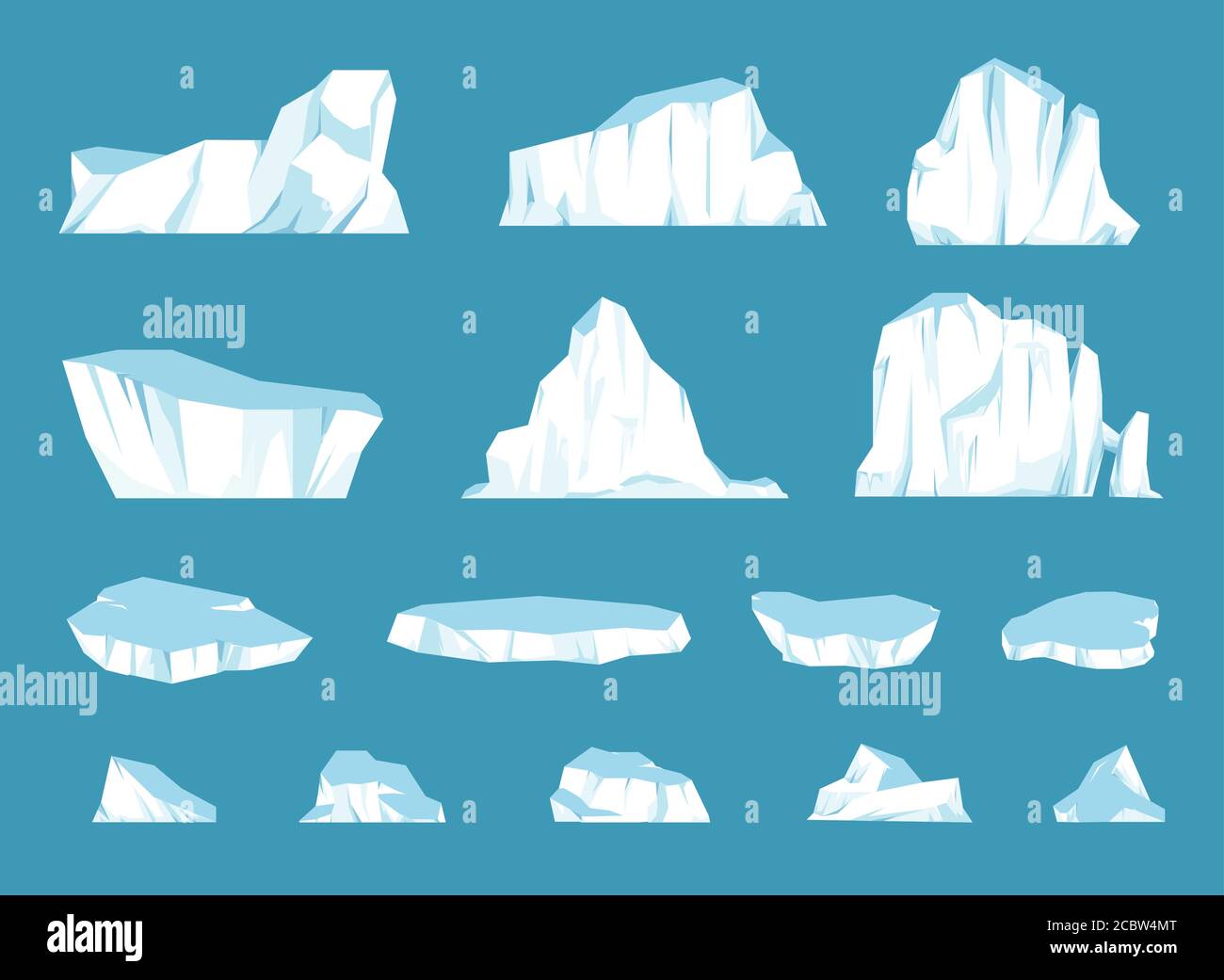

(Corporal Phil Dye/Ministry of Defence via AP) state of Delaware-is about 75 kilometers (47 miles) from the island of South Georgia, and scientists are concerned over the risks it poses to the wildlife in the area if it grounds near the island. The British Antarctic Survey says a team of scientists will set off next month on a research mission to find out the impact of a giant floating iceberg on the wildlife and marine life on a sub-Antarctic island. In this handout photo provided by the Ministry of Defense, one of the largest recorded icebergs floats near the island of South Georgia, South Atlantic, on Tuesday, Dec. In this undated handout photo provided by the Ministry of Defense, one of the largest recorded icebergs floats near the island of South Georgia, South Atlantic, on Tuesday, Dec.

15, 2020, one of the largest recorded icebergs floats near the island of South Georgia, South Atlantic.

In this undated handout photo provided by the Ministry of Defense on Tuesday, Dec.

Two underwater robotic gliders will be deployed from the ship and get as close as possible to the edge of the iceberg to collect data such as seawater temperature, salinity and how much plankton is in the water. The research ship RRS James Cook is expected to depart from the Falkland Islands for the iceberg in late January. The waters near the island are also one of the world's largest marine protected areas and house more marine species than the Galapagos. South Georgia is home to colonies of tens of thousands of penguins and 6 million fur seals, which could be threatened by the iceberg during their breeding season. Recent images captured from the air show the iceberg is breaking up, and researchers are also concerned about the impact of freshwater from the melting ice on animals and marine life in the area. Scientists are concerned about the risks it poses to the wildlife in the area if it grounds near the island. It is now about 75 kilometers (47 miles) from the island of South Georgia. state of Delaware-has been floating north since it broke away from Antarctica's Larsen C ice shelf in 2017.


 0 kommentar(er)
0 kommentar(er)
